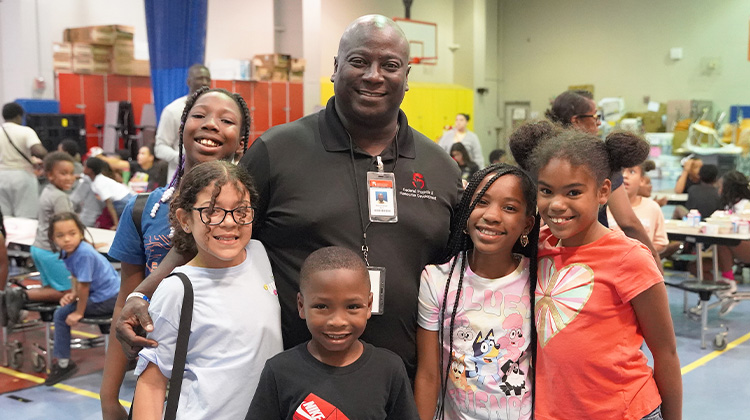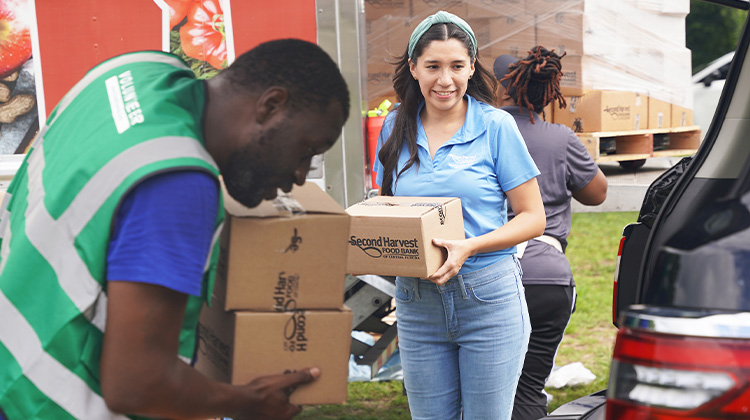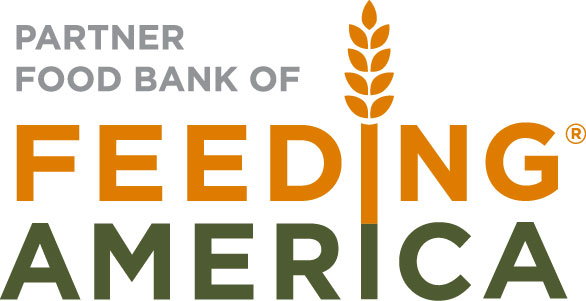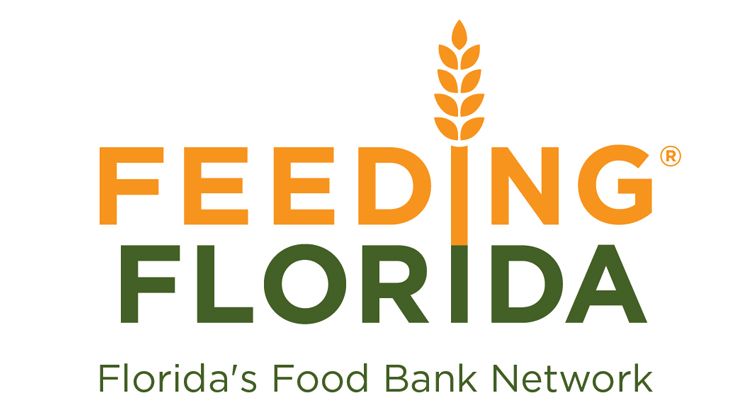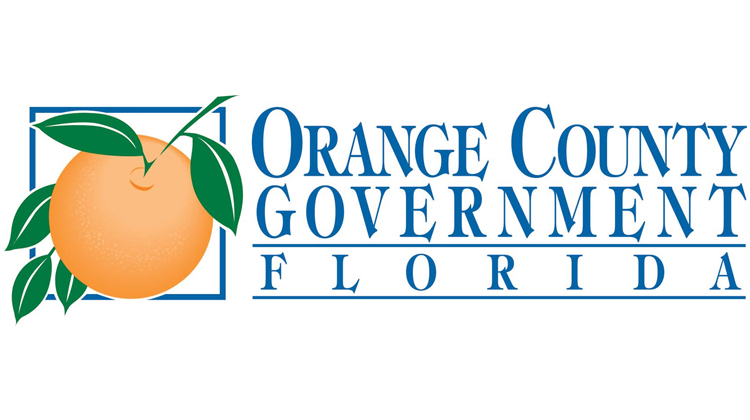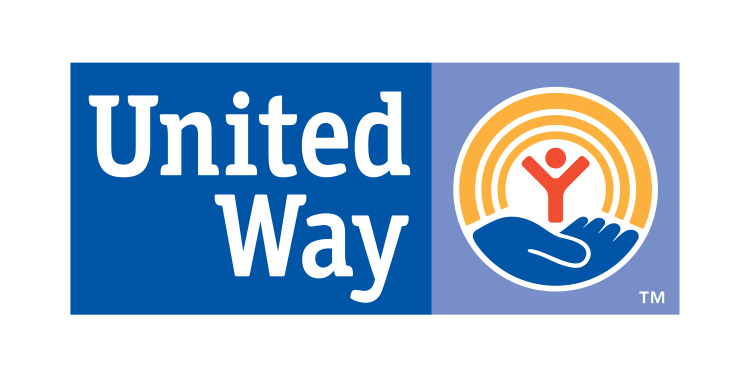Pre-schoolers. Veterans. Hardworking parents. Homebound seniors. Approximately 2.3 million Floridians of all ages and backgrounds have at least one thing in common: At some point this year, they’ll be at risk of going to bed hungry.
That estimate – based on in-depth research by the national nonprofit Feeding America – is backed up by what we see at our local food banks. Second Harvest Food Bank’s network of feeding partners distributes approximately 300,000 meals every day. But hunger is about so much more than food.
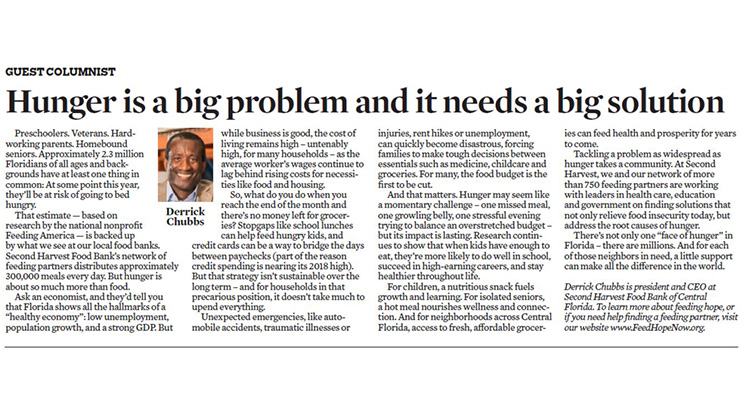
Ask an economist, and they’d tell you that Florida shows all the hallmarks of a “healthy economy”: low unemployment, population growth, and a strong GDP. But while business is good, the cost of living remains high – untenably high, for many households – as the average worker’s wages continue to lag behind rising costs for necessities like food and housing.
So, what do you do when you reach the end of the month and there’s no money left for groceries? Stopgaps like school lunches can help feed hungry kids, and credit cards can be a way to bridge the days between paychecks (part of the reason credit spending is nearing its 2018 high). But that strategy isn’t sustainable over the long term – and for households in that precarious position, it doesn’t take much to upend everything.
Unexpected emergencies, like automobile accidents, traumatic illnesses or injuries, rent hikes or unemployment, can quickly become disastrous, forcing families to make tough decisions between essentials such as medicine, childcare and groceries. For many, the food budget is the first to be cut.
And that matters. Hunger may seem like a momentary challenge – one missed meal, one growling belly, one stressful evening trying to balance an overstretched budget – but its impact is lasting. Research continues to show that when kids have enough to eat, they’re more likely to do well in school, succeed in high-earning careers, and stay healthier throughout life.
For children, a nutritious snack fuels growth and learning. For isolated seniors, a hot meal nourishes wellness and connection. And for neighborhoods across Central Florida, access to fresh, affordable groceries can feed health and prosperity for years to come.
Tackling a problem as widespread as hunger takes a community. At Second Harvest, we and our network of more than 750 feeding partners are working with leaders in healthcare, education and government on finding solutions that not only relieve food insecurity today, but address the root causes of hunger. There’s not only one “face of hunger” in Florida – there are millions. And for each of those neighbors in need, a little support can make all the difference in the world. To learn more about feeding hope, or if you need help finding a feeding partner near you, visit our website www.FeedHopeNow.org.
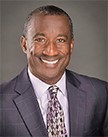
Derrick Chubbs
President & CEO
This guest column originally appeared in The Orlando Sentinel on February 1, 2024.



